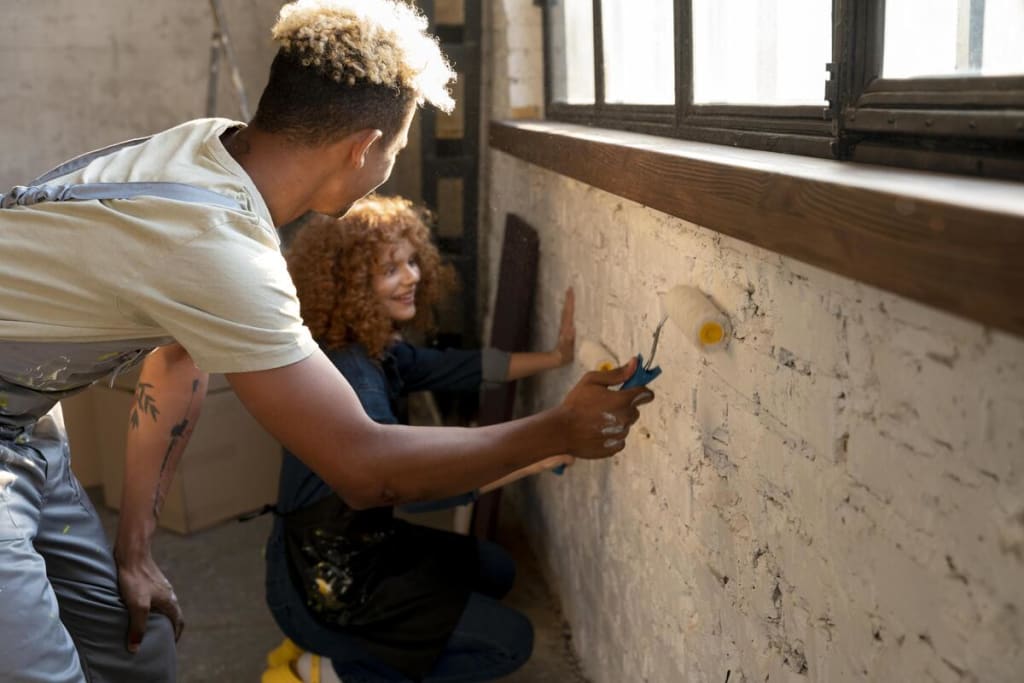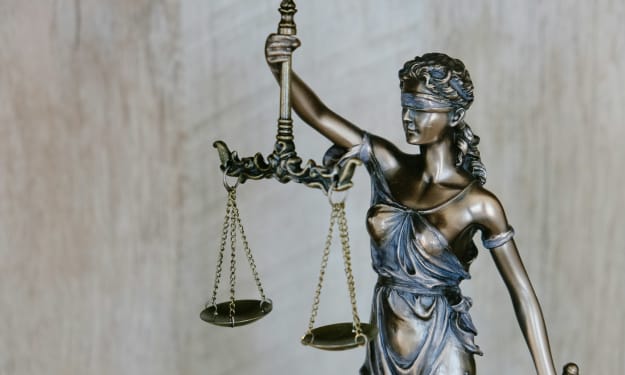How to Fix Common Problems with Home Doctor Restoration
Effective Solutions for Ensuring Quality Service and Customer Satisfaction

In the realm of homeownership, surprising troubles can stand up that require set-off attention and professional recovery. Whether it's water harm from a leaking roof, structural troubles like basis cracks, or pest infestations compromising your private home's integrity, knowing how to cope with these problems efficaciously is critical for preserving your private home's protection and cost. This manual explores unusual domestic recuperation-demanding situations and affords sensible steps to address them like a pro.
1. Identifying Common Problems
Homeowners often encounter various issues that necessitate restoration work:
Water Damage:
Leaks, floods, and plumbing troubles can result in water damage, which if no longer addressed directly, can motive mold increase, structural harm, and compromise the health of residents. Water damage recuperation usually entails leak detection, repairing plumbing issues, drying affected regions very well, and addressing any mildew that could have developed.
Mold Growth:
Moisture buildup because of leaks or improper ventilation can foster mold boom, posing health dangers inclusive of allergic reactions and breathing issues. Effective mold remediation includes figuring out and solving the supply of moisture, very well cleaning and disinfecting mildew-affected regions, and making sure proper airflow to prevent a recurrence.
Fire Damage:
Recovering from fireplace damage is a complex manner that involves now not only cleaning smoke residue but also restoring burnt structures and making sure protection is earlier than reoccupation. Professionals use specialized systems to clean and deodorize smoke-broken surfaces and can want to rebuild sections of the home affected by the fire.
Structural Issues:
Foundation cracks, sagging flooring, and roof troubles call for immediate interest to prevent similar harm and ensure structural integrity. Homeowners have to talk over with structural engineers or qualified contractors to assess the severity of the issue and determine the quality route of movement for repairs.
Pest Infestations:
From termites weakening wooden structures to rodents' negative insulation, pest infestations require pest management measures and next maintenance. Effective pest management includes identifying the form of pest infestation, imposing appropriate extermination strategies, and repairing any structural damage because of pests.
HVAC and Electrical Issues:
Malfunctioning HVAC structures or faulty electrical wiring can compromise comfort, safety, and strength efficiency. It's essential to address HVAC problems directly to avoid in addition harm and make sure highest quality performance. Electrical issues, including faulty wiring or overloaded circuits, pose fireplace risks and ought to be addressed via qualified electricians.
2. Assessing the Severity
Before diving into restoration efforts, assess the severity of the problem:
Safety Considerations:
Prioritize safety by way of making sure the area is secure to enter and work in, particularly after incidents like fire or flooding. Use suitable private defensive device (PPE) when handling unsafe materials or situations.
The volume of Damage:
Evaluate how extensive the harm is and whether expert intervention is vital. Sometimes what seems as minor harm can suggest more good sized underlying troubles that require expert evaluation.
Further Damage Risk:
Consider potential dangers if the difficulty is left unattended, which include mold spreading to different regions or structural instability worsening through the years. Addressing problems directly can save you high priced maintenance down the road.
3. Steps to Fix Common Problems
Leak Detection and Repair
Locate and restore leaks promptly to prevent water from inflicting in addition damage. This may contain inspecting plumbing furnishings, pipes, and roofs for leaks and sealing them with appropriate substances.
Flood Cleanup and Restoration
If your private home has skilled flooding, remove status water as speedy as feasible to decrease harm. Use pumps and moist/dry vacuums to extract water, and then thoroughly dry affected regions the usage of dehumidifiers and fanatics. Disinfect surfaces to save you mildew growth.
Mold Prevention and Remediation
Address moisture assets to save you mould boom, consisting of solving leaks and improving ventilation. If mildew has already advanced, easy affected regions with mould-specific cleaners and recall using mold-resistant materials for upkeep.
Fire Damage
Safety First
Ensure the property is safe to enter and wear appropriate protective gear such as masks and gloves. Ventilate the area to remove smoke odor and harmful gases.
Cleaning and Restoration
Remove debris and clean smoke residue from walls, ceilings, and furniture using specialized cleaning agents. Replace damaged materials and surfaces as needed, ensuring compliance with fire safety codes.
Rebuilding
Work with contractors to rebuild damaged areas using fire-resistant materials and techniques. Obtain necessary permits and inspections to ensure compliance with local building codes.
Structural Issues
Identify Structural Problems
Inspect for cracks, uneven floors, or other signs of structural damage. Structural issues can compromise the safety and stability of your home, so it's crucial to address them promptly.
Consult Professionals
Seek advice from structural engineers or qualified contractors for a thorough assessment of the problem. They can recommend appropriate repair methods and provide cost estimates for the work needed.
Repair Techniques
Implement recommended repair techniques, such as foundation stabilization, wall reinforcement, or roof repairs. Use quality materials and follow best practices to ensure long-term structural integrity.
Pest Infestations
Pest Control
Hire professional pest control services to eradicate pests safely and effectively. Depending on the type of infestation, this may involve using baits, traps, or chemical treatments.
Repair Damage
Inspect and repair any structural damage caused by pests, such as repairing wooden structures damaged by termites or replacing insulation damaged by rodents. Additionally, integrate waterproofing solutions into these repairs to ensure long-term protection against moisture and further deterioration. Seal entry points to prevent future infestations and maintain the integrity of the structure over time.HVAC and Electrical Issues
HVAC Problems
Diagnose HVAC issues, such as insufficient cooling or heating, strange noises, or air quality concerns. Schedule regular maintenance to prevent breakdowns and ensure energy efficiency.
Electrical Troubleshooting
Identify and rectify electrical issues, such as flickering lights, tripped circuit breakers, or outdated wiring. Electrical work should always be performed by licensed electricians to comply with safety regulations.
4. Tools and Materials Needed
For effective home restoration, gather essential tools and materials:
Safety Gear:
Gloves, goggles, masks, and protective clothing for handling hazardous materials.
Basic Repair Tools:
Screwdrivers, wrenches, pliers, hammers, and utility knives for general repairs.
Building Materials:
Drywall, insulation, roofing materials, lumber, and fasteners for structural repairs and renovations.
5. Preventive Measures
To minimize future restoration needs, adopt preventive maintenance practices:
Regular Inspections:
Schedule routine inspections of plumbing, roofing, and electrical systems to identify and address potential issues before they escalate.
Maintenance:
Perform regular maintenance tasks, such as cleaning gutters, servicing HVAC systems, and sealing gaps and cracks to prevent water infiltration and pest entry.
Upgrades:
Consider upgrading older systems and appliances to improve energy efficiency and reduce the risk of failures that could lead to costly repairs.
Conclusion
By understanding common home restoration challenges and following structured repair processes, homeowners can effectively mitigate damage and ensure their homes remain safe, comfortable, and valuable investments. Remember, timely intervention and professional guidance are key to successful home restoration efforts.
About the Creator
Enjoyed the story? Support the Creator.
Subscribe for free to receive all their stories in your feed. You could also pledge your support or give them a one-off tip, letting them know you appreciate their work.





Comments
There are no comments for this story
Be the first to respond and start the conversation.